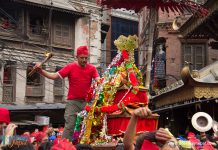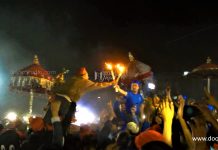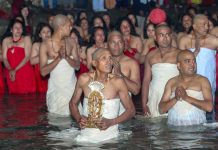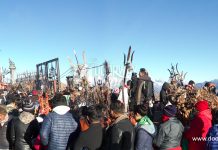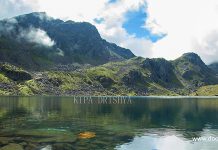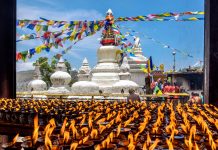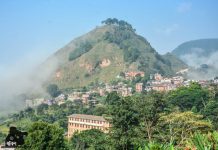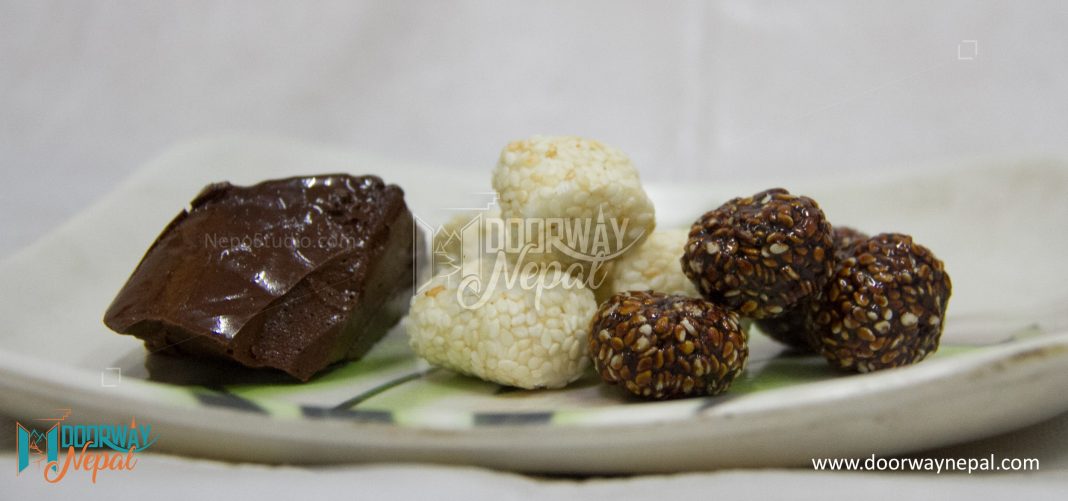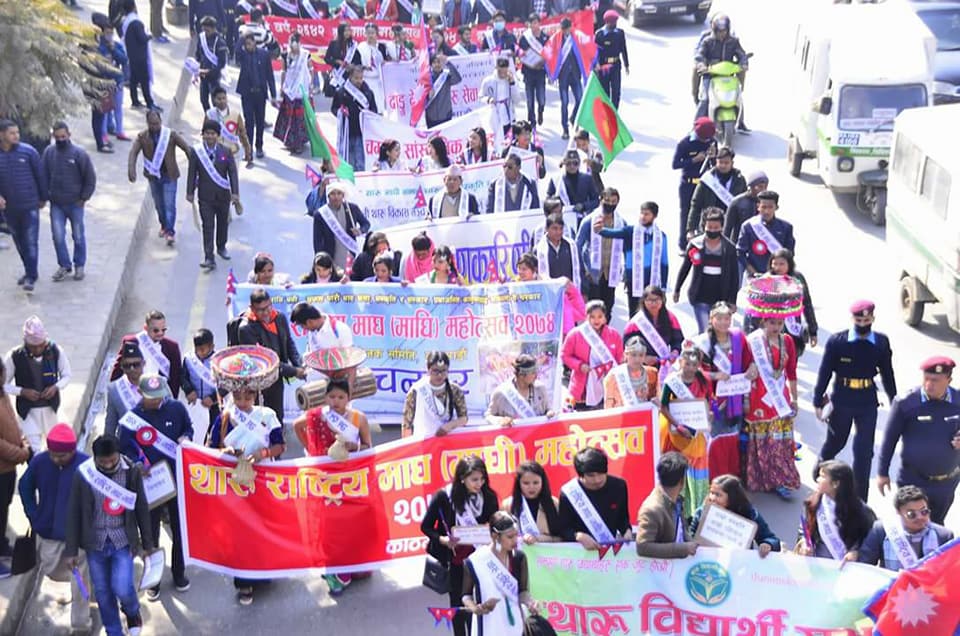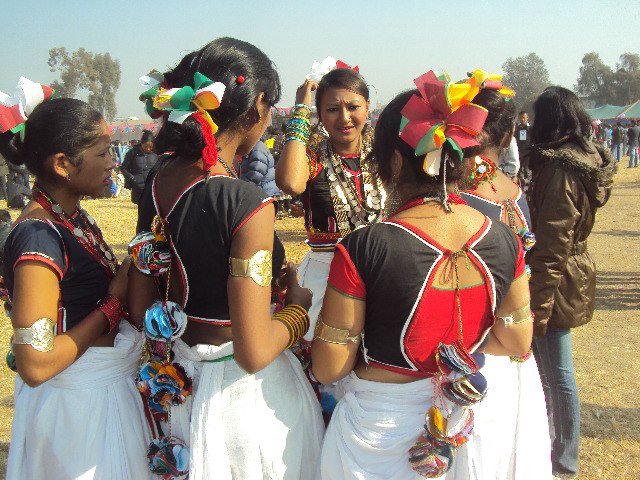Each month Nepali people celebrate different kinds of festivities and with the beginning of the month Magh. Nepalis celebrate the festival Makar Sankranti also known as Maghe Sankranti or Maghi. This is the festival of Sun God who is believed to be the symbol of power, divinity and wisdom. Maghe Shankranti falls on the month of Magh, mid of January in Gregorian calendar.
Makar Sankranti marks the end of winter and arrival of spring denoting the beginning of warmer and longer days. It is the coldest day in the year in Nepal. However, people visit confluences of sacred rivers and streams to take holy bath also known as Makar Snan. This holy bath is generally done in tribunals such as Shankhamul, the bank of Bagmati river in Patan, Dolalghat, Baraha Kshetra, Ridi, The Sachi Tirtha at Trivenighat, Panauti and other rivers.
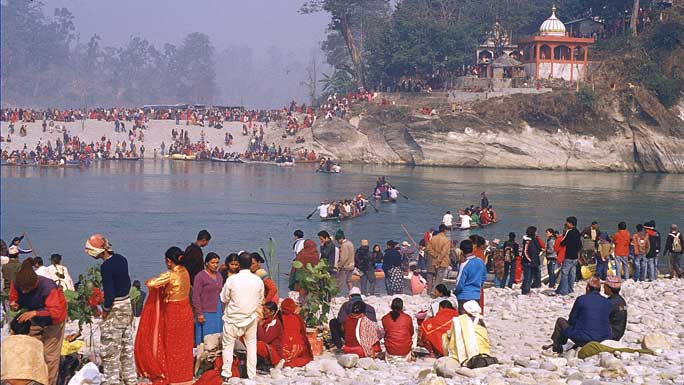
In certain places, fairs are held at the bank of rivers. Kali Gandaki and Trishuli rivers at Dev Ghat (near Narayangath) in Tanahu are famous for such a fair. The Kankai River in Jhapa is very famous for holy dip for Makar Snan. People even from India come to Devghat and the Kankai river to take holy bath during Maghe Sangranti. There is a tradition to worship Ajima mata and Rato Machhendranath after the bath.
Moreover, Maghi is also the New year for Tharu Community of Nepal. The celebration begins from the last week of the month Paush to Magh 3. Tharu community select Bhalmansa—judge giving justice, Guruwa—a person responsible for treating people and Chiragi—guard during this festival. Bhalmansa is also called Mahato, Mahakama and Wadghar. The name of Bhalmansa is named differently in different places. Since a new individual is selected for handing over the responsibility of the village, this tradition is called Khojini and Bojhini.
Traditionally, Tharus make plans for the entire year during Maghi where family members are assigned with the responsibility. Moreover, while carrying out responsibilities, if any member of the family makes a mistake, the case is discussed during this festival. But discussions on such mistakes cannot take place before the festival. Even if they are not satisfied with the performance of the individual, s/he has to carry out the duties for one year.
With the arrival of festival, how can one forget about the delicacies associated with it? For the celebration, Tharus seem busy purchasing pigs, boars, ducks and hens to celebrate Maghi. They make liquor at home for this occasion. They prepare a special meal called ‘Dhikri’ made from rice flour.
And people then to eat auspicious food on this holy day vital for good health and fortune like—sesame seeds, sweet potatoes, green leaf spinach, khichari-a mixture of rice and lentils, great quantities of meat and often home-brewed wines and beer, all shared with friends and family.
In Newar community, as on most holy days, a married daughter, her husband and children are invited back to the parental home. On Magh Sankranti, the mother blesses all family members with a patting of mustard oil on the head, with a few drops in the ear for a lengthy, fortunate life.
This day is famously knonw as Ghya Chaku Sahlu in Newar community where in Nepal Bhasa Ghya means ghee, Chaku means molasses and Sahlu means Sankranti.
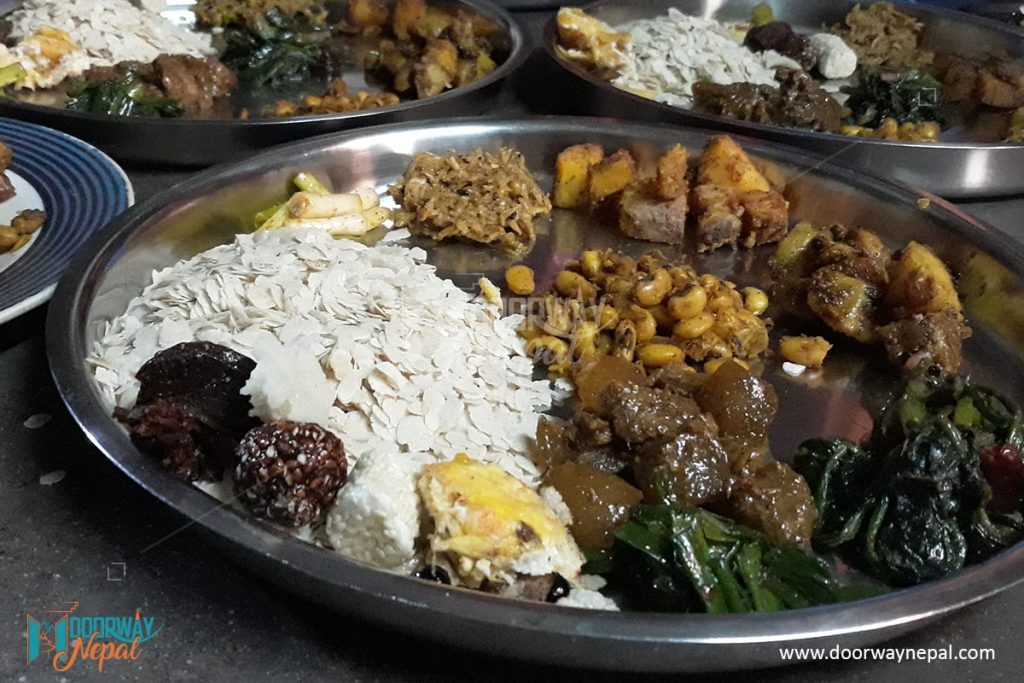
Legend has it that once on the first day of Magh in Bhaktapur town a merchant, seated before his pile of til, or sesame seed. He noticed that, although he had done a thriving business, his supply of seeds had not diminished. On searching he discovered the cause of this miracle—the idol of Narayan or Lord Vishnu hidden within the sesame. Ever since, on Magh Sankranti the Til Madhav idol, as it is now called, is massaged with clarified butter and worshipped with offerings of sweetened sesame balls in the expectation that this god will continue to bring an ever increasing supply of food and wealth to the people.
Magh Sankranti also commemorates that ancient day during the much-fabled Mahabharata war between related families. This is the day reminds of the time when Bishma the elderly grandfather of both sides, laid himself on a bed of arrows, determined not to die until the sun entered its northern path. He did so with the wish for opening the way to the region of the gods. Thus it is believed that the souls of those who die on this day go straight to heaven, as did Bishma’s, forever released from the burden of endless rebirth.
Magh Sankranti is the day to rejoice that the threat of misfortune is left behind and better days have come at last.
Makar Shankranti or Maghe Shankranti reminds us of some delicious food. Till ko laddu (Brown Sesame seed Fudge), Chakku (Molasys), Ghee (Clarified Butter), Tilauri. Spinich and Yam’s curry is cooked as Maghe Shankranti’s special food. A special type of Spinich called Patne Palungo specially grown in Nepal and yam (yam is Tarual in Nepali) is regarded as very important and special food of Maghe Shankranti.
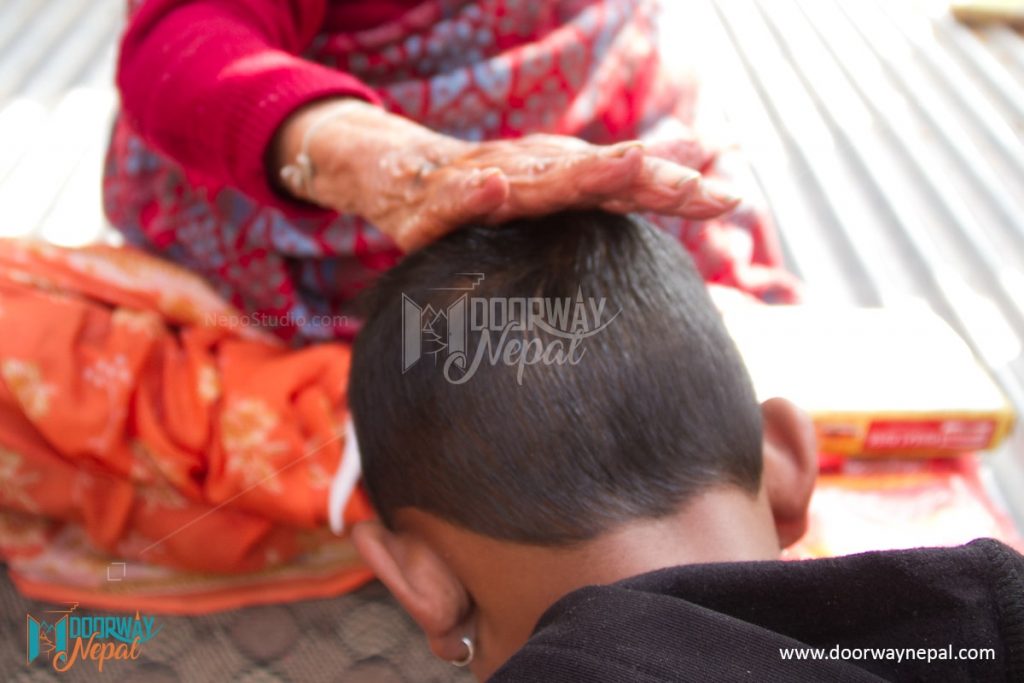
It is believed that massaging the body with Sesame oil and eating these food items i.e ghiu Chaku, Til ko Laddoo, Spinich and yam helps us become healthier and warmer during the cold weather. Some people call Maghe Sangranti ghiu chaku tarul day. In Newar community it is famous with the name of Ghya chaku sahlu. In Newari language, Ghya means ghee, chaku means Molasses and sahlu means sankranti. The Tharu community consider Maghe Sankranti (they prefer to call it as ‘Maghi’) their greatest festival, and celebrate it for almost a week (from last days of Poush to 3rd of Magh) by singing and dancing, similar to the ‘Deusi’ of Tihar festival. They prepare a special meal called ‘Dhikri’ made from rice flour, and also have a lot of liquors and meat of pigs, chicken, boars or ducks.



